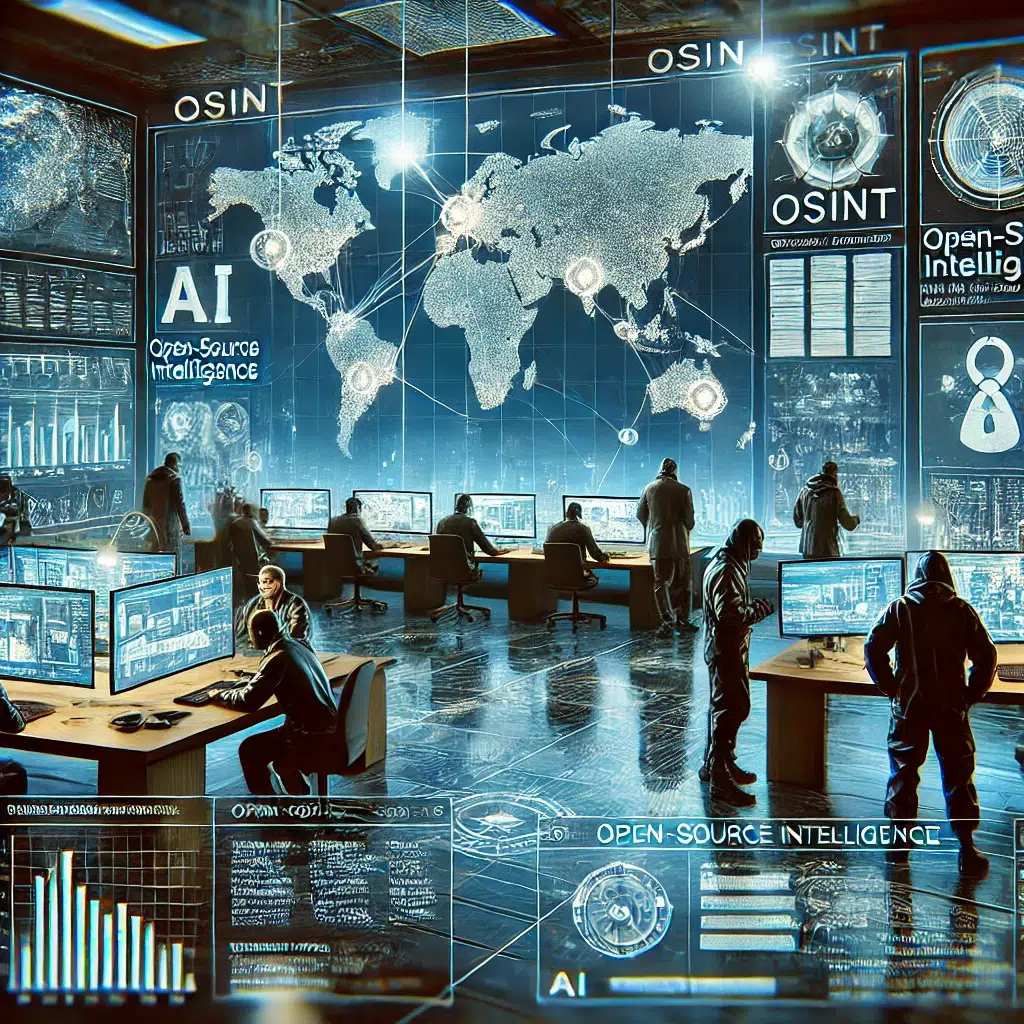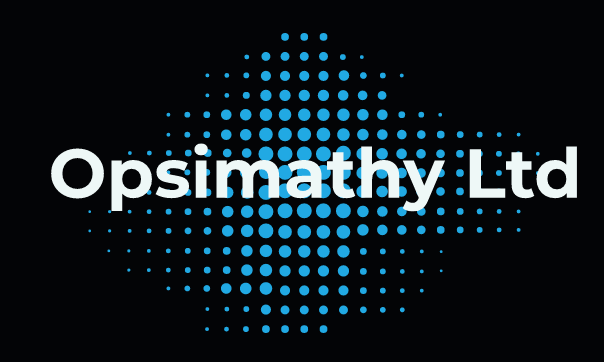
The Evolving Landscape of OSINT and Digital Forensics in Law Enforcement
The field of open-source intelligence (OSINT) and digital forensics is undergoing a significant transformation driven by technological advancements and the increasing complexity of modern investigations. As law enforcement agencies strive to stay ahead of sophisticated criminal activities, integrating innovative tools and techniques is proving indispensable. However, these developments also bring challenges and ethical considerations that demand scrutiny.
Advancements in OSINT and Digital Forensics
One of the most exciting trends in OSINT is its growing application in cyber forensic investigations. OSINT leverages publicly available information from social media, websites, and even the dark web to uncover hidden connections and trace digital activities. For example, real-time intelligence platforms like OSINT Industries enable analysts to quickly access digital footprints tied to specific emails or phone numbers. These tools provide geospatial insights, timeline analyses, and rapid data checks, significantly enhancing the speed and accuracy of investigations.
In addition to existing capabilities, the future of OSINT appears poised for further evolution with the integration of artificial intelligence (AI) and deep learning. AI-powered algorithms are revolutionising pattern recognition and image analysis, making it possible to process vast amounts of data more efficiently. Crowdsourcing and collaborative approaches are also gaining traction, allowing investigators to pool collective intelligence for more comprehensive analyses (CameraForensics).
Challenges and Controversies
Despite the promise of these advancements, adopting AI and other high-tech tools in digital forensics is not without its pitfalls. A particularly controversial case involves the AI tool Cybercheck, which has been used in forensic investigations. While its capabilities have helped law enforcement agencies secure convictions, concerns have arisen over its accuracy and transparency. Investigations by Wired revealed that Cybercheck has sometimes provided incorrect or unverifiable information, leading to dropped charges and public criticism.
Legal and ethical questions surrounding AI tools like Cybercheck are becoming increasingly prominent. A Business Insider report highlights law enforcement’s challenges in relying on proprietary algorithms. Without transparency, it is nearly impossible to evaluate the validity of AI-based evidence, raising the risk of wrongful convictions. These issues underscore the urgent need for clear guidelines and standards to govern the use of AI in forensic investigations.
Balancing Innovation with Responsibility
Integrating OSINT and digital forensics into law enforcement represents a double-edged sword. On one hand, these technologies offer unprecedented opportunities to uncover evidence and solve crimes more efficiently. On the other hand, they demand a heightened focus on ethical considerations, transparency, and accountability to prevent misuse.
As the field continues to evolve, law enforcement agencies must balance embracing innovation and ensuring the reliability and fairness of investigative processes. By addressing these challenges head-on, the potential of OSINT and digital forensics to transform law enforcement can be fully realised while maintaining public trust.
Conclusion
The dynamic nature of OSINT and digital forensics highlights both the opportunities and challenges of using advanced technologies in law enforcement. Investigators can enhance their capabilities by leveraging tools like OSINT Industries and embracing AI-driven insights. However, cases like the controversy surrounding Cybercheck serve as a stark reminder of the ethical and legal responsibilities that come with these advancements.
For law enforcement agencies, the path forward is to foster innovation while adhering to rigorous standards of transparency and accountability. Only then can the full potential of OSINT and digital forensics be harnessed to create a safer and more just society.


